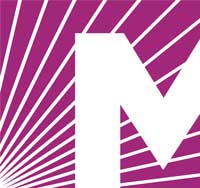1830s Collection
Of all changeable things, fashion is perhaps the most changeable. The Royal Ladies Magazine January 1831.
A major influence of the late 1700s through the 1840s was Romanticism. This social, cultural and political movement valued the freedom to express oneself through emotions and imagination rather than reason.
Fashion magazines kept the United States current with the latest trends from Europe. Although they primarily focused on clothing for the well-to-do, lower class women modified current trends to be more practical.
One of the most distinctive sleeve styles were large, gigot (pronounced gee-go or je-go) or leg o mutton sleeves. These puffy upper-arm sleeves had seams that were both decorative and functional, often reinforced with piping. The gigot sleeves gradually narrowed and fullness moved from to the lower sleeve.
Silk satin was favored for evening gowns. Fabrics such as cotton prints, muslin, challis, merino and batiste were also popular. Dresses were one-piece and fastened in the back with brass hook and eyes. Ankle-length skirts were full and dome shaped. Boning throughout most of the decade consisted of one steel stay in the center front bodice.
Queen Victoria marriage to Prince Albert in 1837 popularized the trend of white wedding dresses. Her style influenced what is known as Victorian Fashion.
 Official Government Website
Official Government Website
